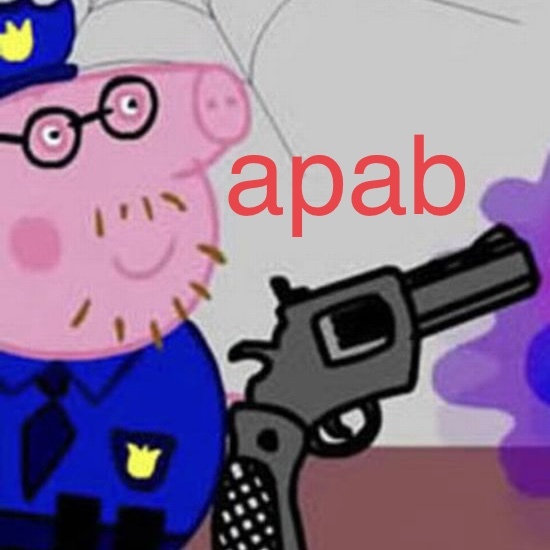I'm an impossibly out-of-touch boomer and was honestly only vaguely aware of Laufey having seen a few videos of hers on a music transcription YouTube channel I'm subbed to, so I felt pretty stupid for not realizing just how popular she was. Adam Neely does good work, and this is no exception; he does a great job breaking down the components and influences of her music and comparing them with the essential elements of "traditional" jazz. It's a well-organized and carefully thought-out video from an actual jazz musician--not just some hot take artist--and it's also not gatekeeping or denigrating Laufey's music.
Even if you have no interest in either jazz or Laufey, there was one really historical tidbit in there I think Hexbears will appreciate (@7:23-8:09):
Between 1942 and 1944, there were no new instrumental recordings due to a general strike organized by the musicians' union trying to get musicians paid fairly. Imagine that happening today right? No new recordings for the next couple of years until Spotify pays musicians fairly...wow, a boy can dream.
Vocalists were not part of the Union, though, and so could still record; this led to musical innovations. They started singing acapella arrangements and developing an acapella style mimicking the popular big band jazz arrangements of the day: popular jazz big band arrangements which use stuff like these mechanical voicings. Singers mimicked the big band saxophone solis popular at the era and backed up popular up-and-coming stars like Frank Sinatra.
Pretty wild that the distinct style of dense vocal harmonies heard in American WWII-era music was born out of desperation due to a prolonged strike! And impressive that the union had the strength to maintain a two year strike.
Also definitely check out Live from Emmet's Place--can't go wrong with "After You've Gone" featuring Patrick Bartley on alto sax and Bruce Harris on trumpet as a starting place.


